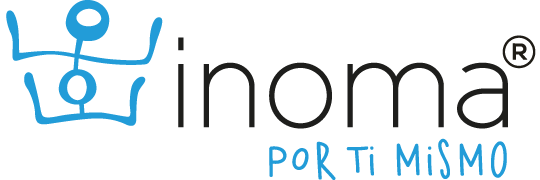
TAK-TAK-TAK educational video games seek to change the way we understand education.
Over the years new ways of teaching have emerged in classrooms of thousands of children around the world. Recently, play-based learning has become one of the most disruptive.
Game based learning, as the name implies, is the use of all kinds of games for academic work, whether they are board games, physical activity games or video games.
It is precisely the latter that have marked a before and after in the way in which teachers of new generations carry out their work, since their use and capacities inside and outside the classroom to promote learning are almost unlimited.
The academic potential that video games present is such that popular video game franchises have extended academic versions of themselves; such is the case with Minecraft and its version used in classrooms: Education Edition. This provides tools for teacher control and content focused on learning, as opposed to the original version that does not contain them.
But education cannot wait for international franchises like Minecraft to be the only providers of quality educational video games for thousands of children around the world, as not all of them are interested in academia.
That is why projects like Inoma’s TAK-TAK-TAK are so important for educational development, because they were born with the sole purpose of being a tool that promotes knowledge and enhances the learning of hundreds of girls and boys around the world, this without leaving aside of course, being fun and entertaining for everyone who plays.
About Inoma
Inoma is a non-governmental, non-profit organization that provides a learning system based on educational tools for teachers, girls and boys from first to sixth grade of primary school.
Its founder, Antonio Purón, managed to identify two key aspects that prompted him to take initiative in the academic world.
The first is that learning is a purely personal activity. A child needs motivation to learn.
What they want is to play and explore their curiosity, they want to compete against their peers and be caught up in a game dynamic. Therefore, they need an offer that captures their imagination and encourages them to learn by playing.
The second aspect is the fact that information technologies will inevitably continue to improve. Therefore, in the near future we will have more and better physical tools available for the learning process.
For this reason, and taking into account the possibilities of sharing the knowledge of these technologies, a learning system was created so that thousands of girls and boys who do not have access to education can learn with quality content through TAK-TAK-TAK video games.
So the key is to create tools that complement them, but also capture the attention of children to learn. Tools such as TAK-TAK-TAK.
What is TAK-TAK-TAK?
TAK-TAK-TAK is the portal for educational video games created by Inoma. There are more than 100 video games developed that trigger learning and complement, support and reinforce the teaching activity for primary education.
Any girl or boy can access them as they are free and available online and offline. In addition, they allow students to progress at their own pace, are flexible in their use, take into account teacher participation and can be played on all devices, from computers to smart phones.
TAK-TAK-TAK content offerings comply with the official SEP (Mexican Ministry of Education) curriculum and include video games in math, communication and language, science, music, history, cognitive skills, art education, and social-emotional skills.
How they work?
Girls and boys must enter taktaktak.com and register with a username and password. As they play in their session, algorithms within the games collect information about their performance.
The idea of this is to correctly situate the level of the little ones so that, through predictive algorithms, the site can suggest which video games to play according to their needs and areas of opportunity. Thus, the user will gradually advance while his level increases.
With the information collected from each student, through the LabTak platform, customized reports are generated to help teachers make better pedagogical decisions.
The impact
Currently, TAK-TAK-TAK has 100 video games developed and 60 video games already available to play on the web and download in apps with which more than half a million girls and boys around the world learn and have fun, while more than 16 thousand teachers incorporate new digital teaching methods with LabTak. The goal for 2023 is to reach one million international users and complete the development of 200 video games to cover the entire curriculum. We invite you to learn more about our goals on our site.
The efforts have not been in vain, as since the middle of this year children and young people in Kenya and Uganda have enjoyed TAK-TAK-TAK, demonstrating that the scope of education transcends borders, cultures and languages.
The TAK-TAK-TAK system, in addition to being an academic tool, is also a new way of approaching the learning process, which is undoubtedly setting standards for new generations.















